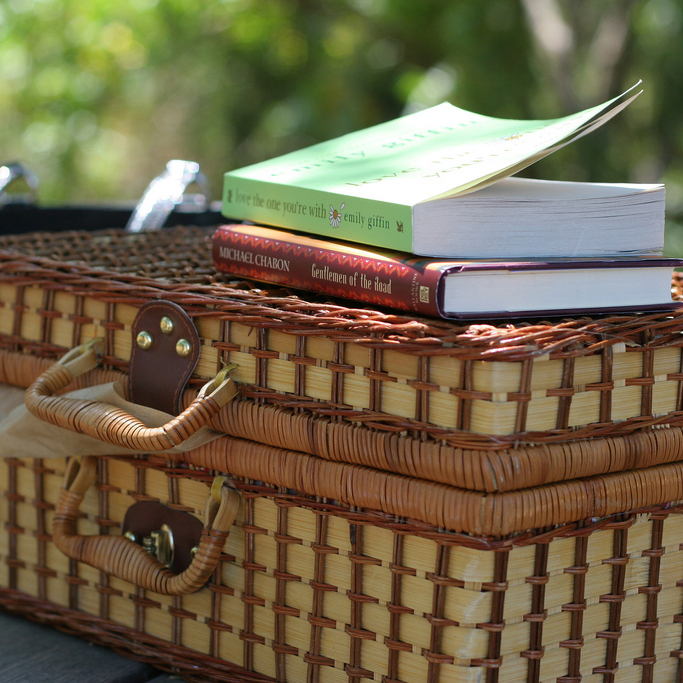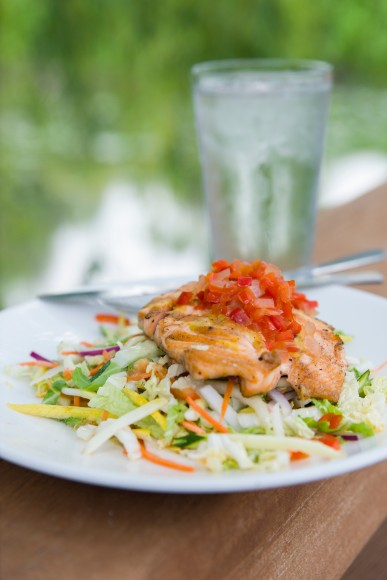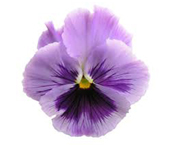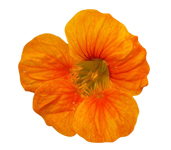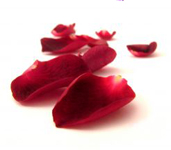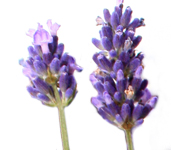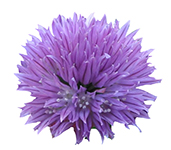At first, the tree-shaded ravines near Lake Michigan look inviting, a place of filtered sunlight in the Chicago area’s North Shore. But the ravines—with homes built on the bluffs above them—are in trouble.
Overgrown with invasive plants that block the sun, the ravines are losing the native plants that help keep their soil from washing into Lake Michigan. Although some erosion is natural, the rate of erosion is accelerating, partly because of runoff from urban areas atop the ravines. The Chicago Botanic Garden and the Park District of Highland Park have stepped in to try to keep the ravines from crumbling any further.
“These are systems that have been beaten up for a long time,” said Rebecca Grill, natural areas manager for the Park District of Highland Park.
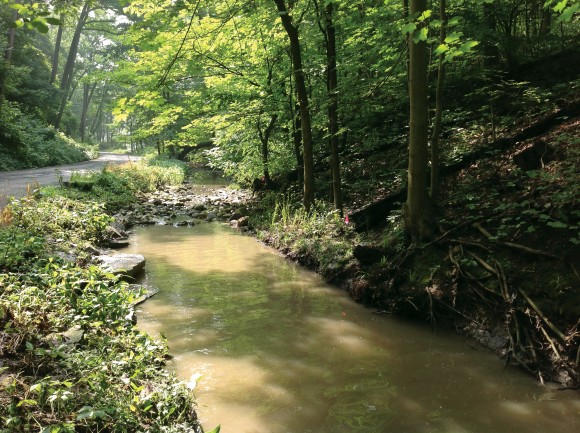
The Garden and the Park District have put together a scientific research and “ravine trauma” team to help reestablish native plant cover that will slow surface erosion. The team is developing a mix of native seeds that private landowners can sow to help restore vegetation to the slopes of ravine and bluff properties. The seeds will be sold commercially. In addition, the team will provide homeowners with a guide on how to care for the native plants.
“The Garden has a responsibility to partner with our neighboring communities to conserve and protect oases of biodiversity such as those found within the Lake Michigan ravines,” said Bob Kirschner, the Garden’s director of restoration ecology and Woman’s Board Curator of Aquatic Plant and Urban Lake Studies. “We’re pleased to be able to pair our ecologists’ knowledge with the Park District of Highland Park’s progressive approach of helping landowners help themselves.”
The project team includes Garden ecologist Jim Steffen. With 25 years of experience, Steffen has worked on other Lake County ravines, where the lake’s cooler, damper air is funneled to create a microclimate not found anywhere in Illinois. (The ravines also are home to some of the state’s rarest plants.) As part of the project, Steffen helped design a seed-trial experiment and develop potential seed mixes.

For the next three years, the seed mixes will be tested in plots within Highland Park’s Millard Park, one of the district’s four lakefront parks with ravines adjacent to Lake Michigan. (Check pdhp.org for more information.)
After that, the next step will be up to homeowners near the ravines. “We hope to build a better awareness about the potential they have to regenerate the diversity of native plants,” said Grill.
This post was adapted from an article by Helen Marshall that appeared in the summer 2014 edition of Keep Growing, the member magazine of the Chicago Botanic Garden.
© Chicago Botanic Garden and my.chicagobotanic.org

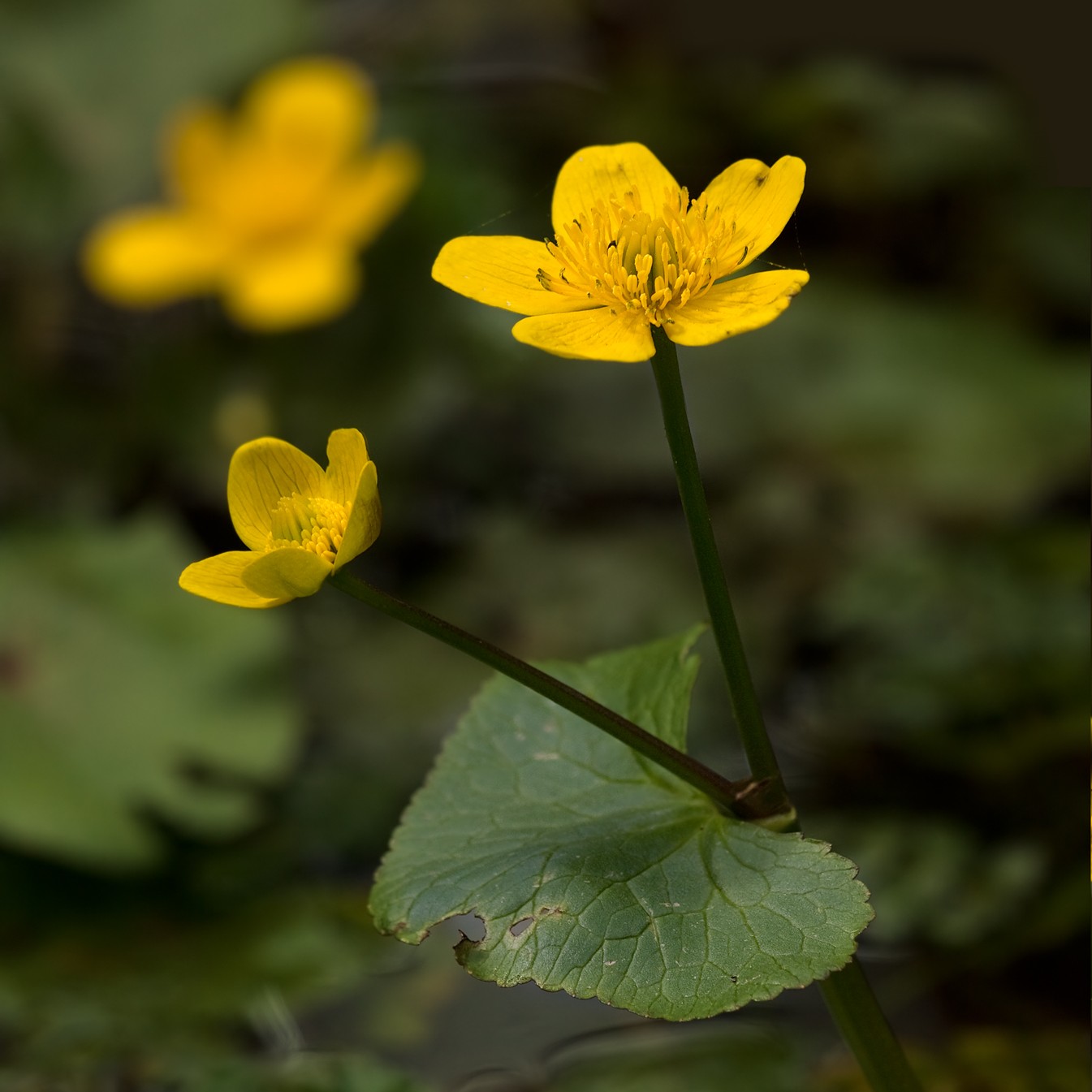

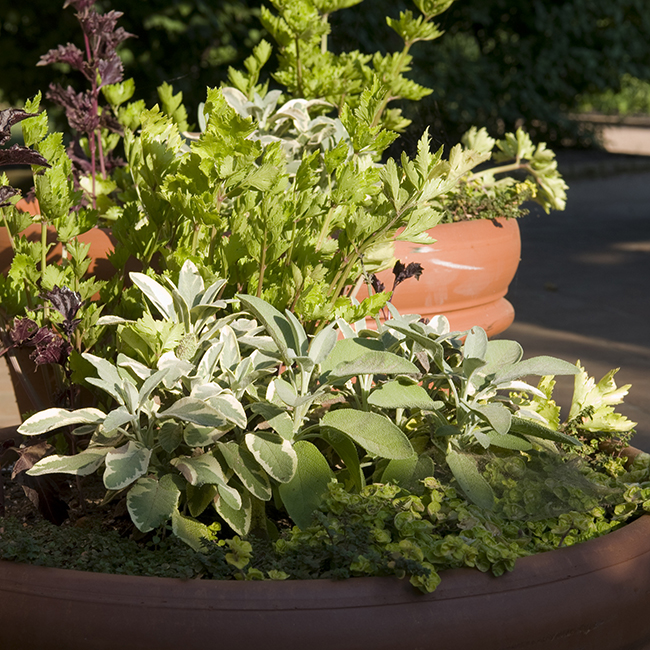
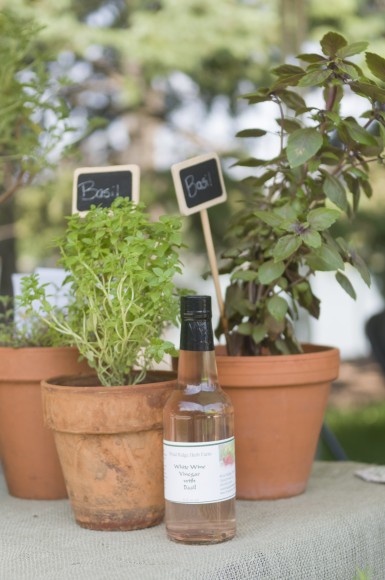
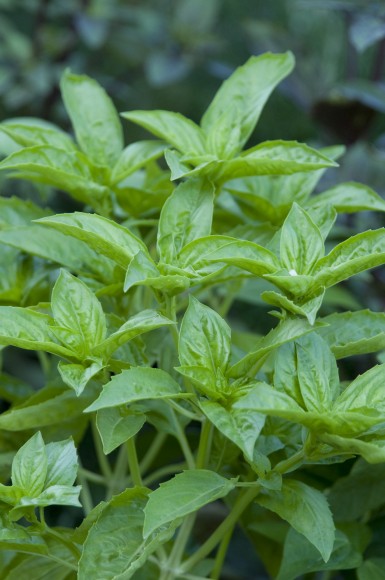
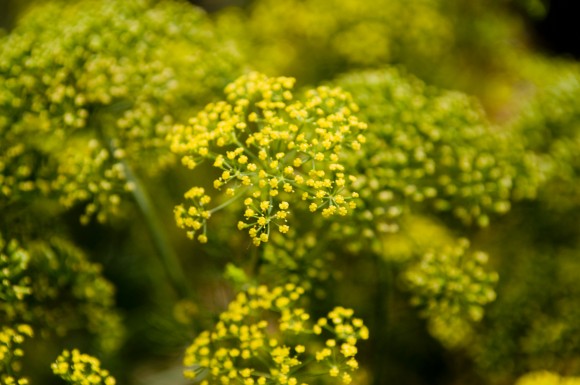
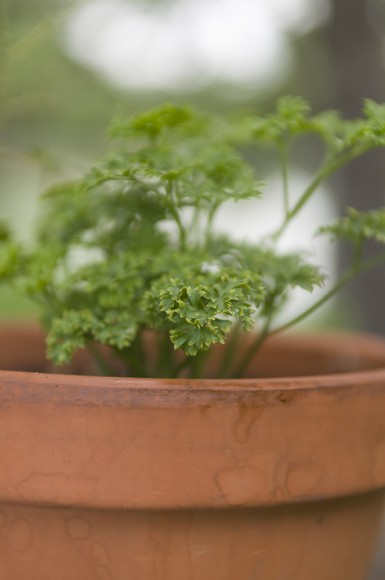
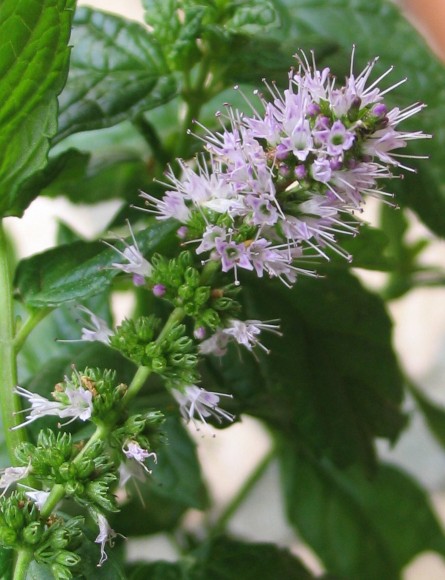
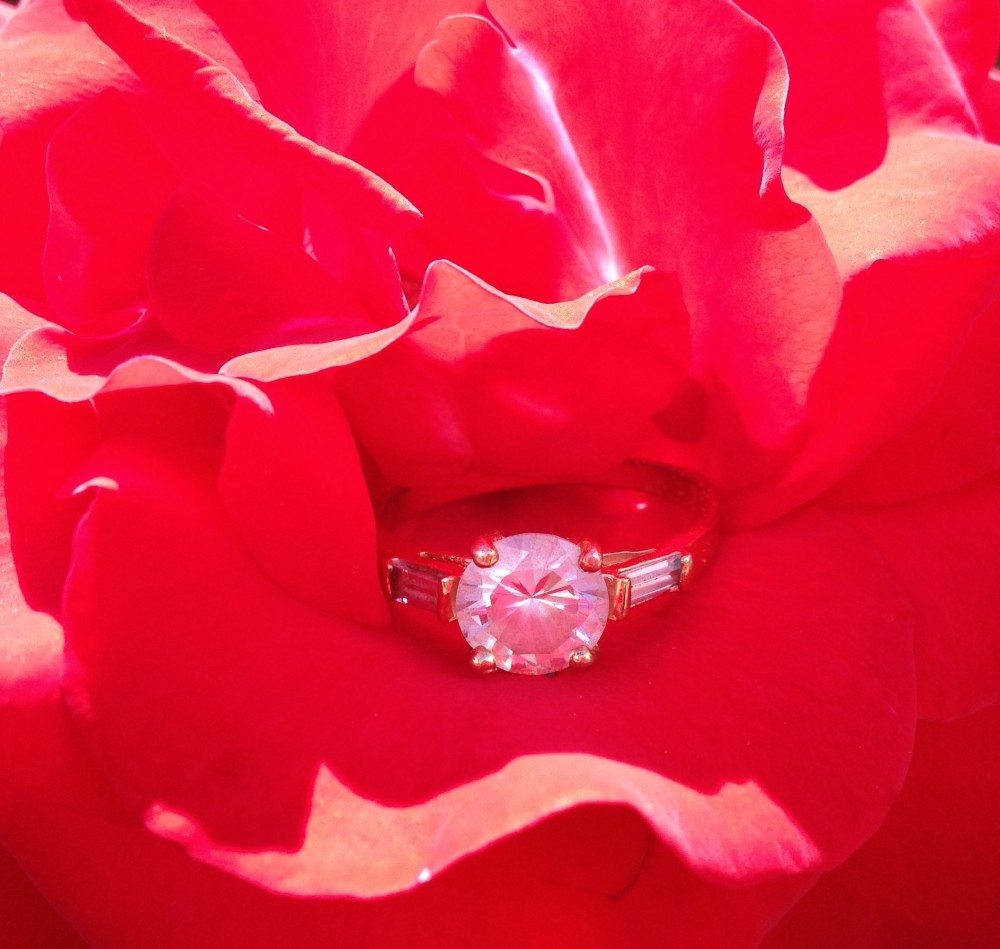

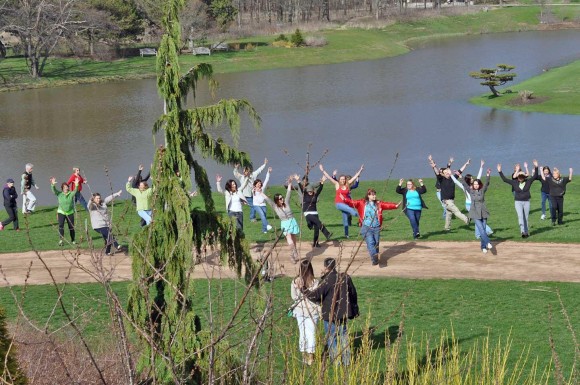
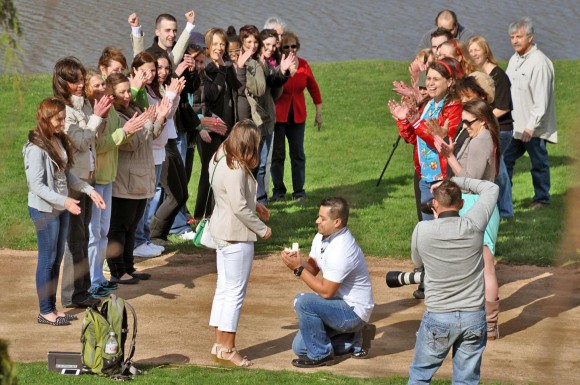

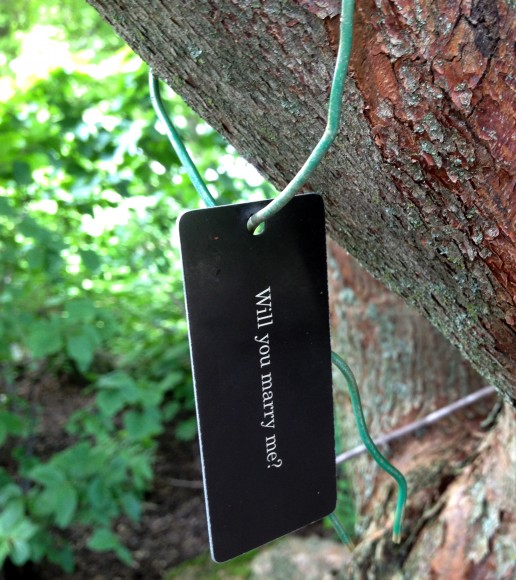
 Timeless: “Oh No, I Do Insist!”
Timeless: “Oh No, I Do Insist!”
